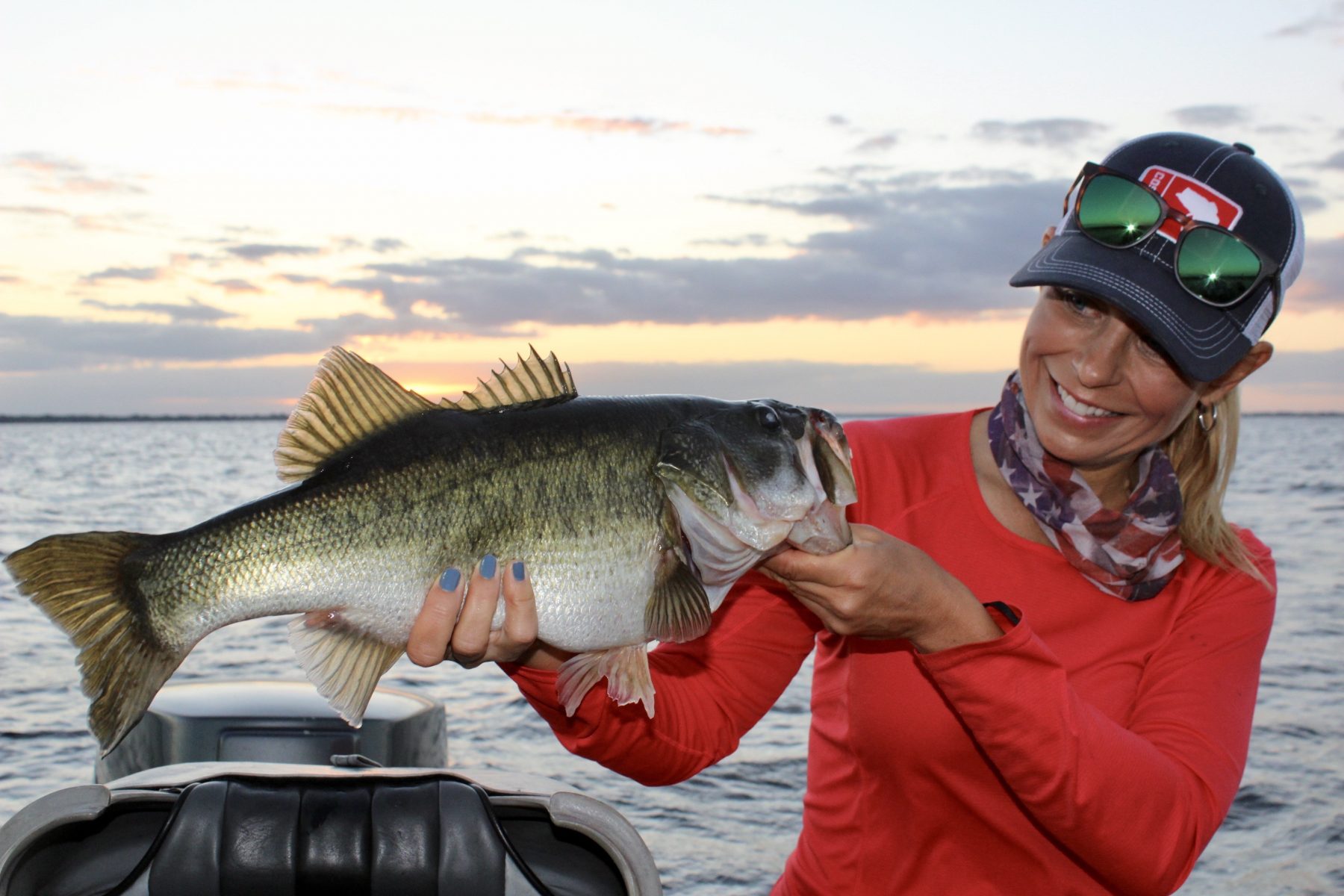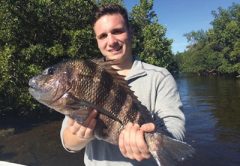
As you spend more time on the water, you’ll notice the influence that weather patterns and solunar periods have on fish behavior. These factors are important to consider when pinpointing the best fishing times.
By doing a bit of homework regarding where and when to fish based on conditions, you can bump up your catch rates considerably. In other words, if you want to catch more fish… keep on reading.
Seasonal Weather Patterns
When getting started, it’s important to understand that fish will be found in particular areas and depths of a waterway depending on current weather patterns and water temperatures. For example, hot summer days can cause fish to become less active in shallow lakes, ponds, and rivers or can drive them into deeper parts of a waterway, where water temperatures are cooler.
During the coldest winter days, fish head into deeper waters that are less influenced by the effects of the wind and air temperatures. Since fish are cold-blooded and can’t keep their body temperature at a constant level, the water temperature will always have a major impact on their physiological functions and feeding behaviors.
When weighing weather into the equation, a general rule for selecting the best fishing times is to pick a period of stable weather that doesn’t include extreme high or low temperatures.
Best Day of the Week
Since you know that fish will be more active during stable weather periods, let’s run through how to choose a particular day of the week for fishing based on solunar theory.
Solunar theory was proposed by John Alden Knight back in 1926. His theory provides the basis of today’s solunar calendars which offer predictions on when there is likely to be a boost in wildlife feeding activity based on the position of the moon and sun. Solunar calendars are based on the theory that fish tend to feed more actively during peak solunar periods when the gravitational force of the moon and the sun are the strongest. Solunar calendars provide a rating for each day of the month based on this moon and sun data.
One important point to keep in mind when referencing a solunar calendar; however, is that the weather will play a larger role. For example, the solunar calendar may indicate that a particular day is expected to be one of the best days of the month, but if a major cold front arrives the day or two before, inshore saltwater fishing or freshwater fishing conditions are likely to be more challenging.
In addition to the best days of the month, a solunar calendar will also provide two major feeding periods and two minor feeding periods throughout the day. This leads us to the subject of how to narrow down a particular time of day that will be best.
Best Time of Day
Once you consider the weather and check a solunar calendar to see which days of month are likely to be good for fishing, the next step is to plan around the best time of day. As mentioned, a solunar calendar will provide two major and two minor feeding activity periods during the day. I generally like to be at my fishing spot about an hour prior to the start of a major solunar fishing period. If you don’t have access to a solunar calendar, or just want to keep things simple, remember that a boost in fish feeding activity is historically associated with the hours around dawn and dusk.
Pulling the Factors Together
To pinpoint the best fishing times, you’ll want to combine each of these factors. Pick a day of stable weather with no major decreases or increases in temperature, check a solunar calendar to see which days around a new or full moon might mean the fish are likely to be actively feeding, and try to fish around dawn or dusk.






